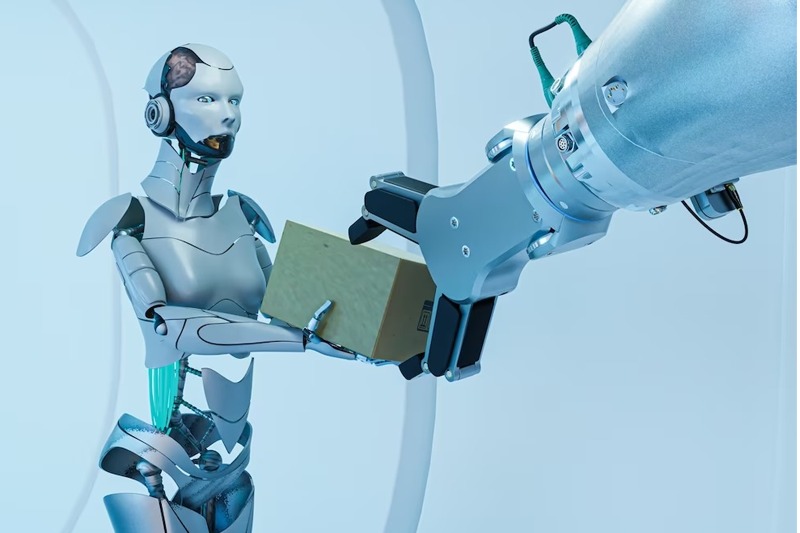Introduction
Robotics is revolutionizing various industries, particularly healthcare and medicine. The integration of robotics and AI is transforming diagnosis, treatment, and patient care. This blog explores the positive impact of robotics on patient outcomes and its potential in transforming healthcare and medicine.
Enhancing Surgical Precision and Minimizing Invasiveness
Robotic surgical systems, like the da Vinci Surgical System, revolutionize healthcare by enhancing precision and control in complex procedures. These systems use robotic arms with small instruments, enabling surgeons to manoeuvre with greater dexterity, reducing risks, and improving patient outcomes.
Robotic surgery offers advantages like smaller incisions, reduced blood loss, postoperative pain, shorter hospital stays, and faster recovery times. It is particularly useful in minimally invasive procedures, minimizing patient trauma. Robotics’ increased adoption demonstrates its potential to advance surgery and improve patient care.
Expanding Access to Healthcare in Remote Areas
Robotics in healthcare can overcome geographical barriers and expand access to medical services, particularly in remote areas. Telemedicine, powered by robotic systems, enables remote diagnosis, monitoring, and treatment, allowing doctors to conduct virtual consultations and examinations.
Telepresence robots enable real-time physician-patient interaction, providing expert guidance and assistance. These robots can navigate hospitals, clinics, or patients’ homes, providing a dynamic and immersive experience. Telemedicine enables specialized medical care for rural or isolated regions, making it a game-changer in bringing healthcare services closer to those in need.
Rehabilitation and Assistive Devices
Robotics also plays a crucial role in the field of rehabilitation and assistive devices, helping patients regain mobility and independence. Advanced robotic exoskeletons, for instance, assist individuals with spinal cord injuries or lower limb disabilities in walking again. These wearable devices provide support and augment the strength of impaired limbs, allowing patients to relearn motor skills and improve their quality of life.
Additionally, robotic prosthetics have significantly advanced in recent years, simulating natural limb movement and providing sensory feedback. By integrating robotics with neurofeedback systems, amputees can regain a sense of touch and control over their prosthetic limbs, improving their overall functionality and integration with the human body.
Beyond physical rehabilitation, robotics is also utilized in cognitive therapy for patients with neurological disorders, such as stroke or traumatic brain injuries. Robots can engage patients in repetitive and interactive exercises, aiding in the recovery of motor and cognitive functions.
Improving Workflow Efficiency and Patient Safety

Healthcare uses robotics and automation to improve workflow efficiency and patient safety. Robots handle repetitive tasks like medication dispensing, lab specimen processing, and sterilization, reducing human errors and improving patient outcomes.
Moreover, robots equipped with sensors and AI algorithms can monitor vital signs, alerting healthcare providers of any abnormalities or emergencies in real time. This continuous monitoring ensures early detection of critical situations, enabling timely intervention and potentially saving lives.
Challenges and Future Outlook
While the potential of robotics in healthcare is tremendous, several challenges need to be addressed. High implementation costs, privacy, data security concerns, and regulatory frameworks pose obstacles to overcome.
However, as technology advances and becomes more affordable, we can expect robotics to play an increasingly significant role in healthcare and medicine. Future developments may include the integration of robotics with nanotechnology, precision medicine, and genomics, paving the way for personalized and targeted therapies.
You can check our blogs like- Overview of xAI, Chandrayaan 3, Overview of Podcast and many more.
You also follow our YouTube Channel for more information.
Conclusion
Robotics is revolutionizing healthcare and medicine by improving surgical precision, expanding access, and streamlining workflows. Technology evolves, requiring a future where robotics and human expertise work together for safer, efficient, and patient-centered healthcare.





Leave A Comment